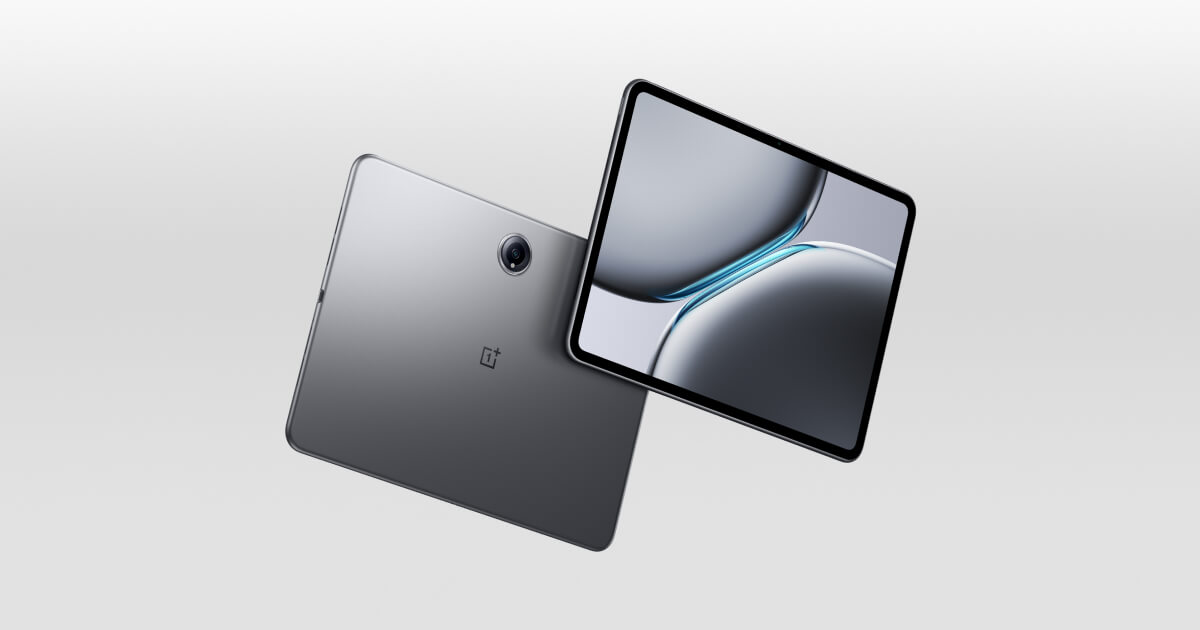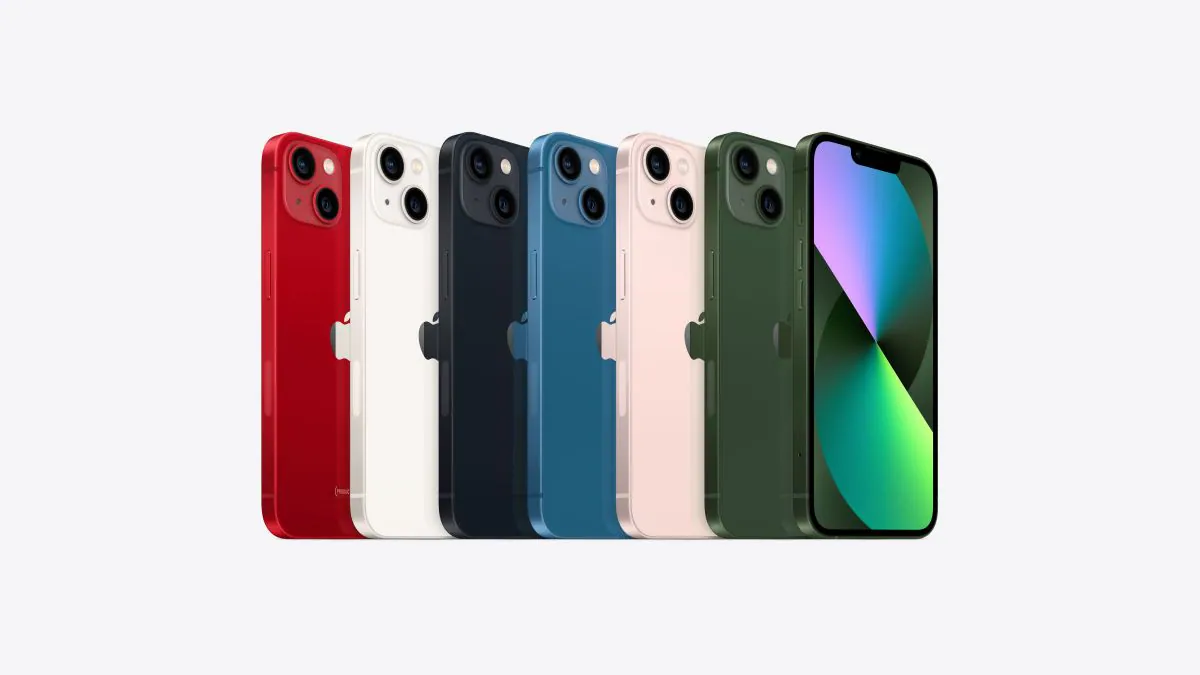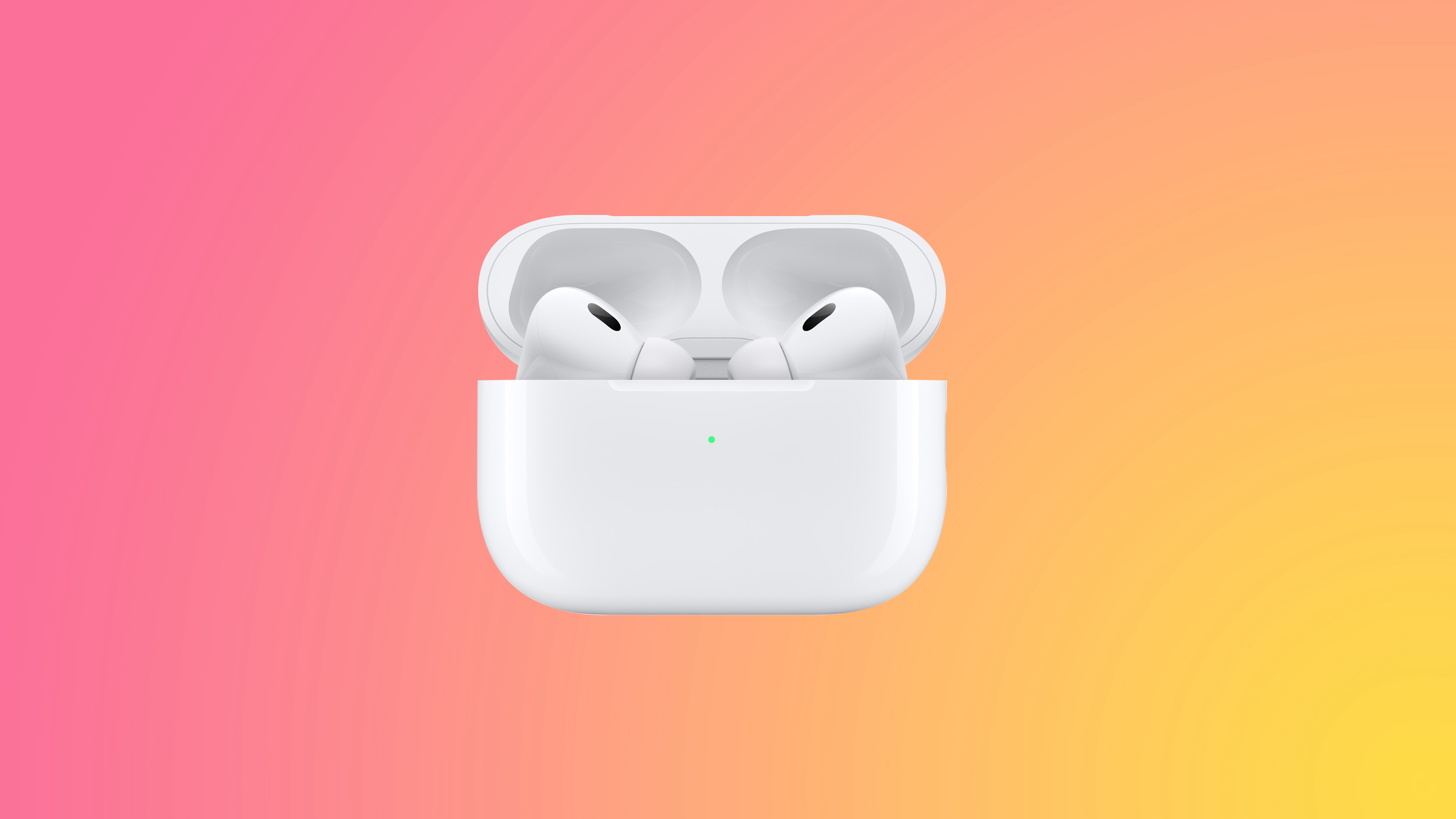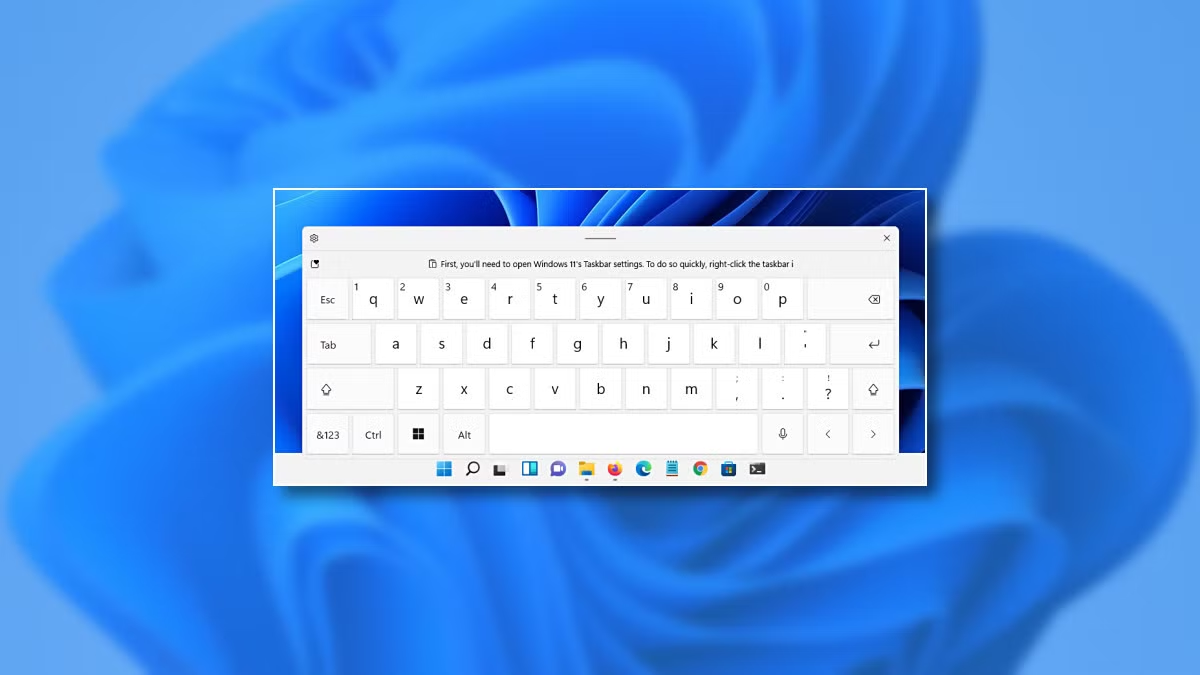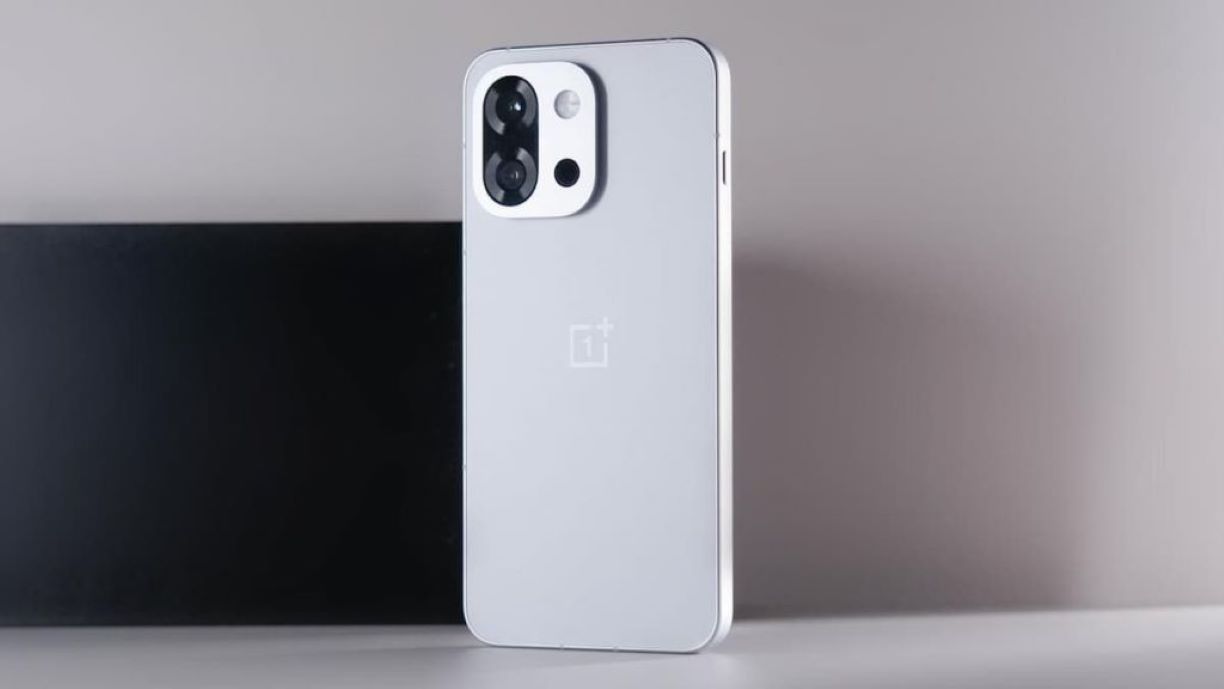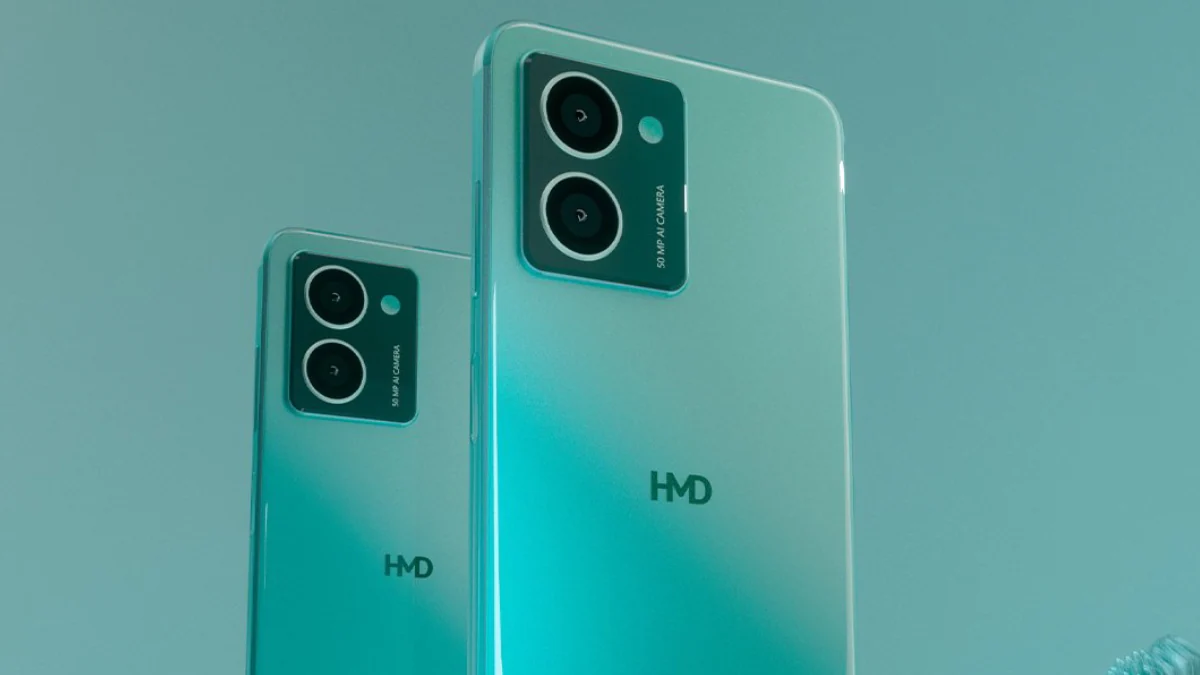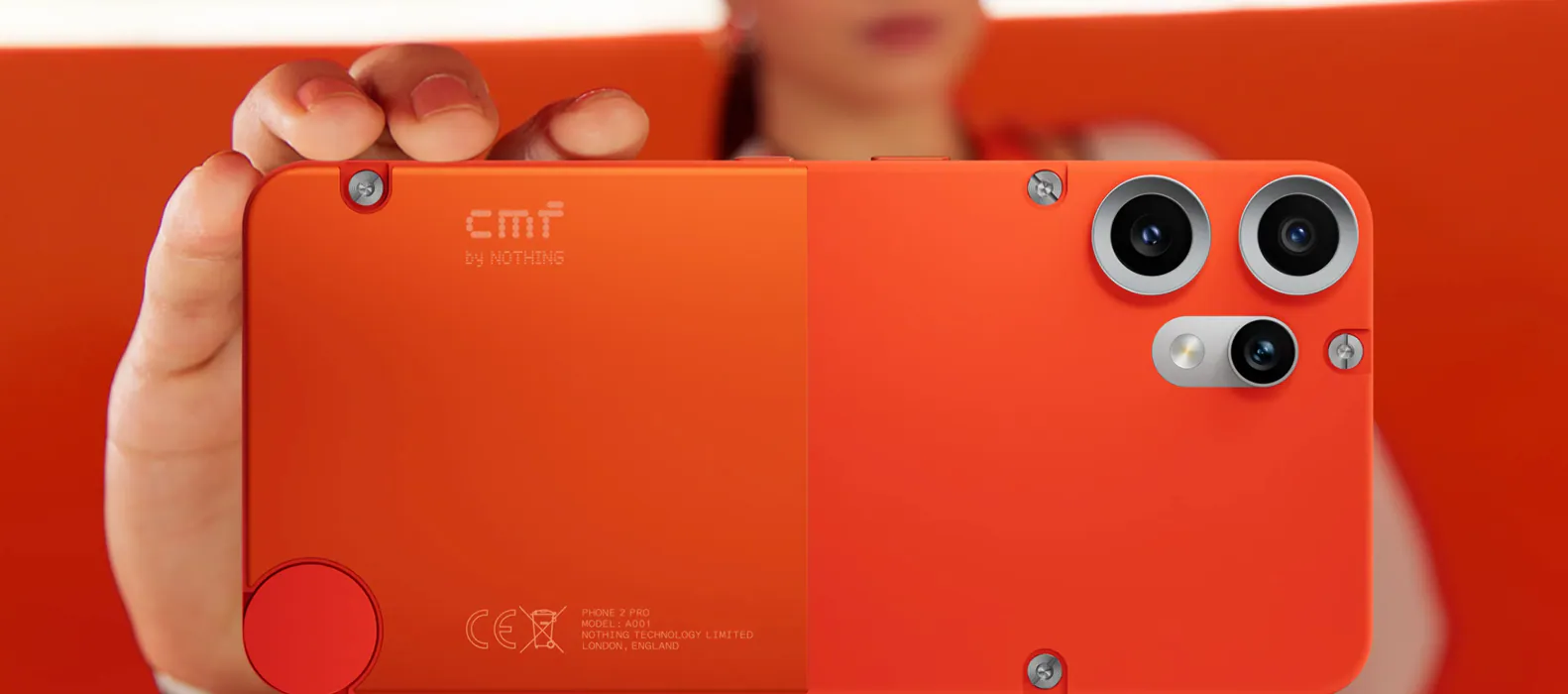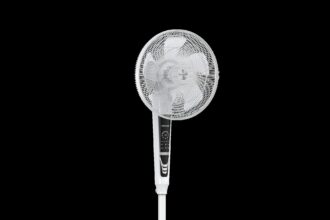The OnePlus Pad 2 continues its predecessor’s legacy of excellence in several respects, but the upgrades might not justify the elevated price. As an entertainment device, the new OnePlus Pad 2 truly excels. The display is breathtaking, and its speakers are top-tier. In fact, this Android tablet outperforms its predecessor when it comes to watching movies, enjoying music, or gaming. It’s so good that during my testing, I had no inclination to use my 2022 iPad Air for entertainment purposes.
However, there’s more to the story. The Pad 2 is also marketed as a productivity tool, and in this regard, it fell short of expectations. Moreover, while the original OnePlus Pad offered remarkable value, OnePlus has raised the price of its new midrange tablet by $70, now priced at $549.99 (approximately ₹45,500). This makes it harder to compete with other Android tablets in the same price range.
A Flagship Display at a Midrange Cost
It’s undeniable that other tablets in the same price range struggle to match the specifications of the OnePlus Pad 2’s screen. Like its predecessor, the Pad 2 boasts a superior 144Hz variable refresh rate, surpassing even pricier premium tablets from Apple and Samsung. This translates to incredibly smooth scrolling and effortless navigation. The 3K LCD screen still supports Dolby Vision but now achieves a peak brightness of 900 nits with a sharper 3000 x 2120 resolution. This remarkably bright and crisp display brings movies to life, with commendable contrast levels for an LCD. Colors are also rich and vibrant, as long as you’re indoors.
Enhanced Performance, Same Great Battery
With the new Snapdragon 8 Gen 3 mobile processor, double the storage, and more RAM (256GB SSD / 12GB RAM), apps (including games) load incredibly fast and run seamlessly. The improved performance doesn’t compromise battery life, which remains as impressive as its predecessor’s.
A Spacious Screen, But a Bit Heavy
At 12.1 inches, the Pad 2’s screen falls between the latest 11-inch and 13-inch tablets from Apple, Samsung, and Google. It also feels roomy and comfortable for content consumption, thanks to its 7:5 aspect ratio. In contrast, Samsung and Google’s tablets feature a 16:10 ratio, which can feel cramped when reading or watching videos in landscape mode.
However, while the screen is generous, the tablet’s weight of around 1.29 pounds (584 grams) makes it somewhat uncomfortable to hold for extended periods when reading or watching movies. This combination of size and weight can lead to fatigue, particularly if you prefer to consume content while lying down, as I do. I had to rely on the case to prop up the tablet.
Immersive Audio, Minus the Headphone Jack
If you can overlook the weight, the tablet offers an excellent movie-watching experience, further enhanced by its superb speakers. Surprisingly, OnePlus has removed support for Dolby Atmos, but its six speakers still deliver a loud and rich sound with OnePlus’s version of spatial audio, Holo Audio. It intelligently switches audio channels depending on whether the tablet is in landscape or portrait mode, creating an immersive stereo sound rarely found in tablets at this price point. The absence of a 3.5mm headphone jack is disappointing, but it’s a trend we’re seeing in most tablets these days.
Productivity: Still Room for Improvement
While the OnePlus 2 is exceptional as an Android tablet for entertainment, it’s merely adequate for other tasks. For instance, OnePlus attempts to position the Pad 2 as a productivity-focused tablet by enhancing its multitasking capabilities with the Open Canvas feature. This setting allows you to run three apps in split-screen mode and customize their layout, saving the arrangement for quick access. While this makes multitasking easier than before, Apple and Samsung’s tablets offer more robust multitasking and windowing options.
Furthermore, since OnePlus’ OxygenOS 14.1 software is built on top of Android 14, the feature is limited by the fact that many Android apps aren’t optimized for larger tablet displays. Slack, for example, appears stretched and lacks multiple-column views, resulting in wasted space. Using the Open Canvas feature to share the screen with two other apps made Slack even smaller and harder to navigate, so I simply stopped using it.
This isn’t to say you can’t get any work done. The tablet is perfectly fine for light productivity tasks. Google and Microsoft Office apps function well, and the recording app even lets you mark specific points. I appreciate that OnePlus’ Notes app offers built-in notebooks with three different templates: one with bullets, another with lines, and a third with a grid. While note-taking e-readers like Kobo’s Elipsa 2E offer more options, this is a thoughtful addition for students or those who use their tablets for journaling.
OnePlus also plans to introduce new AI-powered features similar to the productivity-focused ones Google released earlier this year. AI Recording Summary will summarize key points in long documents, AI Speak will read text aloud, and AI Writer will assist in content creation using text or image prompts. Perhaps these features will enhance the tablet’s productivity capabilities, but they’re not available yet. As it stands, the current features won’t suffice if you need to accomplish serious work.

